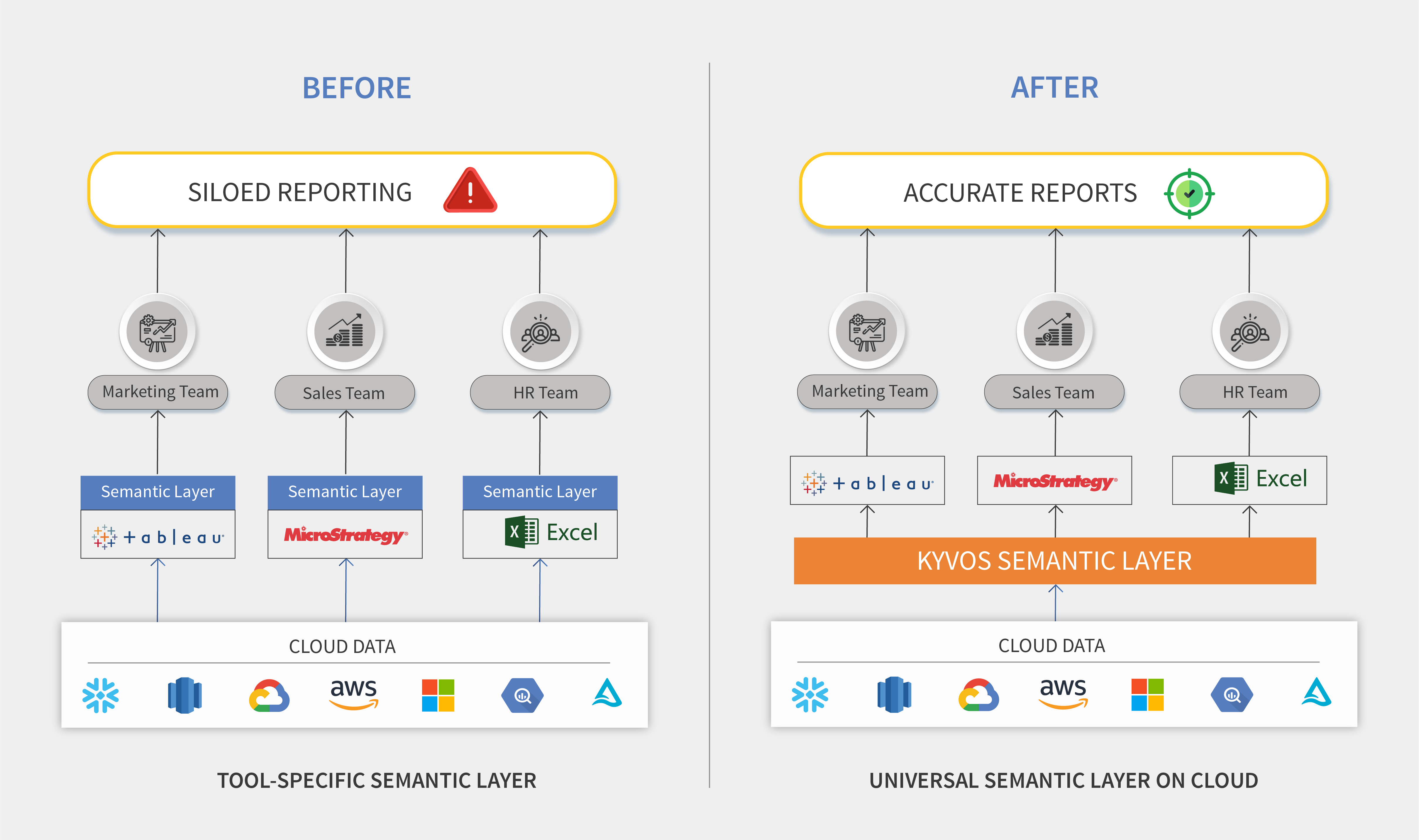In today’s data-driven world, organizations rely heavily on data analytics to make informed decisions and gain a competitive edge. However, the sheer volume and complexity of data can make it challenging to extract meaningful insights. This is where the semantic layer comes into play. The semantic layer acts as an intermediary between data sources and end-users, enabling efficient data exploration, analysis, and reporting. In this blog post, we will delve into the concept of the semantic layer, its significance, and how it empowers businesses to harness the full potential of their data.
What is the Semantic Layer?
The semantic layer is a virtual layer that sits between the physical data sources and the end-user applications, providing a unified and business-friendly view of the data. It acts as a semantic bridge, translating technical database structures and queries into a more intuitive and user-friendly format. In essence, it adds semantic meaning and context to raw data, making it easier for non-technical users to understand and work with.

Components of the Semantic Layer:
The semantic layer typically consists of three main components:
Metadata: Metadata refers to data about the data. It describes the structure, relationships, and properties of the underlying data sources. In the context of the semantic layer, metadata plays a crucial role in mapping the physical data structures to business concepts, such as dimensions, hierarchies, and measures. This mapping provides a semantic understanding of the data, enabling users to navigate and explore it in a more meaningful way.
Business Rules and Logic: The semantic layer allows organizations to incorporate business rules and logic into the data model. This includes calculations, aggregations, data transformations, and data validations. By defining these rules within the semantic layer, organizations can ensure consistent data interpretations across different reporting and analysis tools. It also eliminates the need for end-users to manually perform complex calculations, enabling them to focus on deriving insights rather than worrying about data manipulation.
Security and Access Controls: Another critical aspect of the semantic layer is managing security and access controls. It provides a centralized layer of security that can be applied uniformly across various data sources and user groups. By defining access privileges and restrictions within the semantic layer, organizations can ensure data governance and protect sensitive information. This centralized approach simplifies security management and reduces the risk of unauthorized data access.
Benefits of the Semantic Layer:
Implementing a semantic layer brings several advantages to organizations:
Simplified Data Exploration: The semantic layer provides a user-friendly and intuitive interface for exploring and analyzing data. It hides the complexity of underlying data structures and queries, enabling non-technical users to navigate the data effortlessly. Users can employ familiar business terms and concepts to interact with data, reducing the learning curve and empowering them to make data-driven decisions.
Consistency and Data Governance: The semantic layer acts as a single source of truth, ensuring consistent data interpretations across different applications and tools. It enables organizations to define and enforce data governance policies, ensuring data integrity and accuracy. By centralizing the management of metadata, business rules, and security controls, organizations can maintain a high level of data quality and reliability.
Enhanced Collaboration: The semantic layer fosters collaboration between business users and IT teams. Business users can communicate their data requirements in business terms, and IT teams can translate those requirements into the semantic layer. This iterative process enables a better understanding of business needs and facilitates the development of data models that align with organizational objectives.
Agility and Flexibility: With the semantic layer, organizations can adapt to evolving business needs more efficiently. Changes in underlying data sources or business requirements can be accommodated within the semantic layer, reducing the need for extensive modifications in end-user applications. This agility enables organizations to respond quickly to market changes and gain a competitive edge

